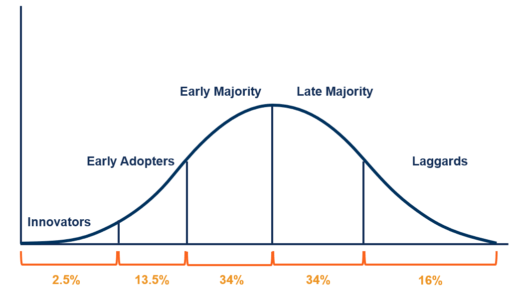Leveraging the Diffusion of Innovation Theory to Reinforce Safety Practices
Unlock the power of the Diffusion of Innovation theory to elevate your organization’s safety standards. Dive into a strategic approach that ensures smoother transitions, wider acceptance, and a robust safety culture. A safer future awaits.











